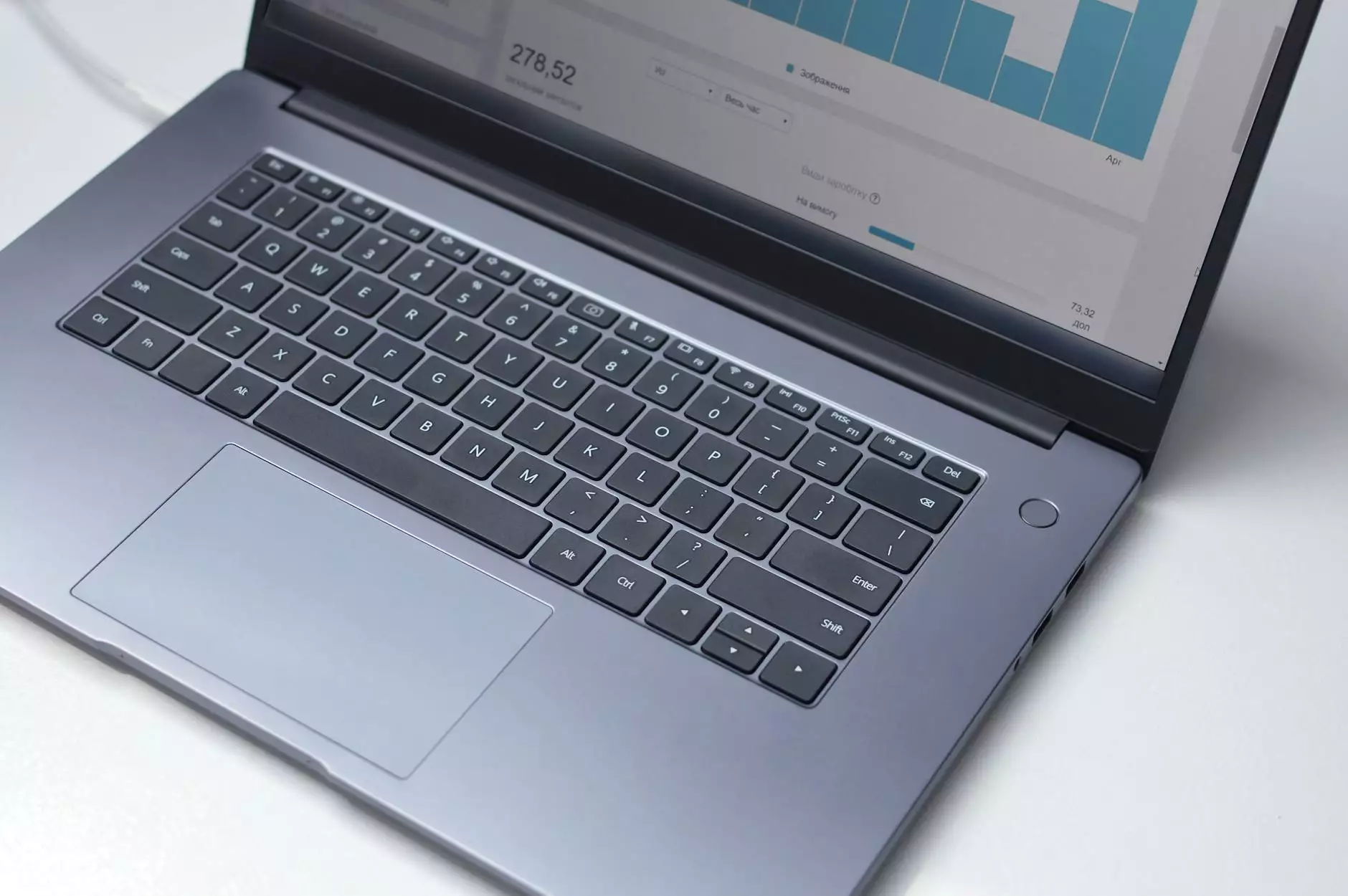Phrasal Verb Lesson – Go Over
English Grammar Lessons
Introduction
Welcome to NJCLT's free English lesson on the phrasal verb 'go over'!
In this comprehensive guide, we will explore the usage, meanings, examples, and common mistakes associated with the phrasal verb 'go over'. By the end of the lesson, you will have a deep understanding of this important language skill and be able to use it confidently in your everyday conversations.
Usage and Meanings
The phrasal verb 'go over' has multiple meanings, which makes it a versatile and frequently used expression in English. Let's examine the most common ones:
1. Review or Study Something
One of the primary uses of 'go over' is to indicate the act of reviewing or studying something in detail. It implies examining or going through information or materials carefully to ensure comprehension. Here are a few examples:
- I need to go over my notes before the exam to refresh my memory.
- Let's go over the presentation slides one more time to make sure everything is in order.
- She asked the students to go over the textbook chapter before the class discussion.
2. Visit or Cross a Location
The second meaning of 'go over' is related to physically visiting or crossing a location or boundary. This can involve passing through a bridge, a border, or even a specific area. Consider the following examples:
- We went over the bridge and arrived at the beautiful island.
- They decided to go over the border and explore the neighboring country.
- During our trip, we plan to go over the mountain range and enjoy the scenic views.
3. Examine or Check Something
Another way to use 'go over' is to indicate the act of examining or checking something thoroughly. This can refer to visual inspections, evaluations, or assessments. Take a look at these sentences:
- The inspector needs to go over the paperwork to ensure compliance with regulations.
- Before signing the contract, make sure to go over all the terms and conditions.
- He hired an accountant to go over his financial records and identify any discrepancies.
Common Mistakes to Avoid
While using 'go over', it's important to be aware of some common mistakes that learners tend to make. Avoiding these errors will help you sound more fluent and natural in your English conversations:
Avoid Using 'Go Down' Instead of 'Go Over' in the Context of Reviewing
Some English learners mistakenly use 'go down' instead of 'go over' when referring to reviewing or studying something. However, 'go down' carries a different connotation and is not interchangeable with 'go over'. Hence, ensure to use the correct expression in context.
Don't Confuse 'Go Over' with 'Go On'
'Go on' has its own distinct meaning and should not be confused with 'go over'. While 'go over' implies reviewing or examining something in detail, 'go on' means to continue or proceed with an action or event. Be careful not to mix these two phrasal verbs up, as they are used differently.
Conclusion
Congratulations! You have completed NJCLT's Phrasal Verb Lesson – Go Over. Through this detailed guide, you have learned about the multiple meanings and uses of 'go over', as well as common mistakes to avoid. By practicing the examples provided and incorporating this phrasal verb into your everyday conversations, you will enhance your English language skills and fluency.
Remember, mastering phrasal verbs is essential for effective communication in English. Keep exploring NJCLT's free English lessons to expand your knowledge and become a confident English speaker.










